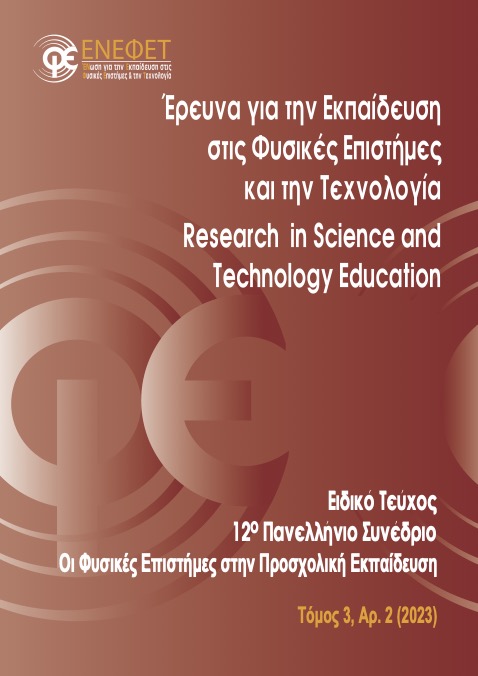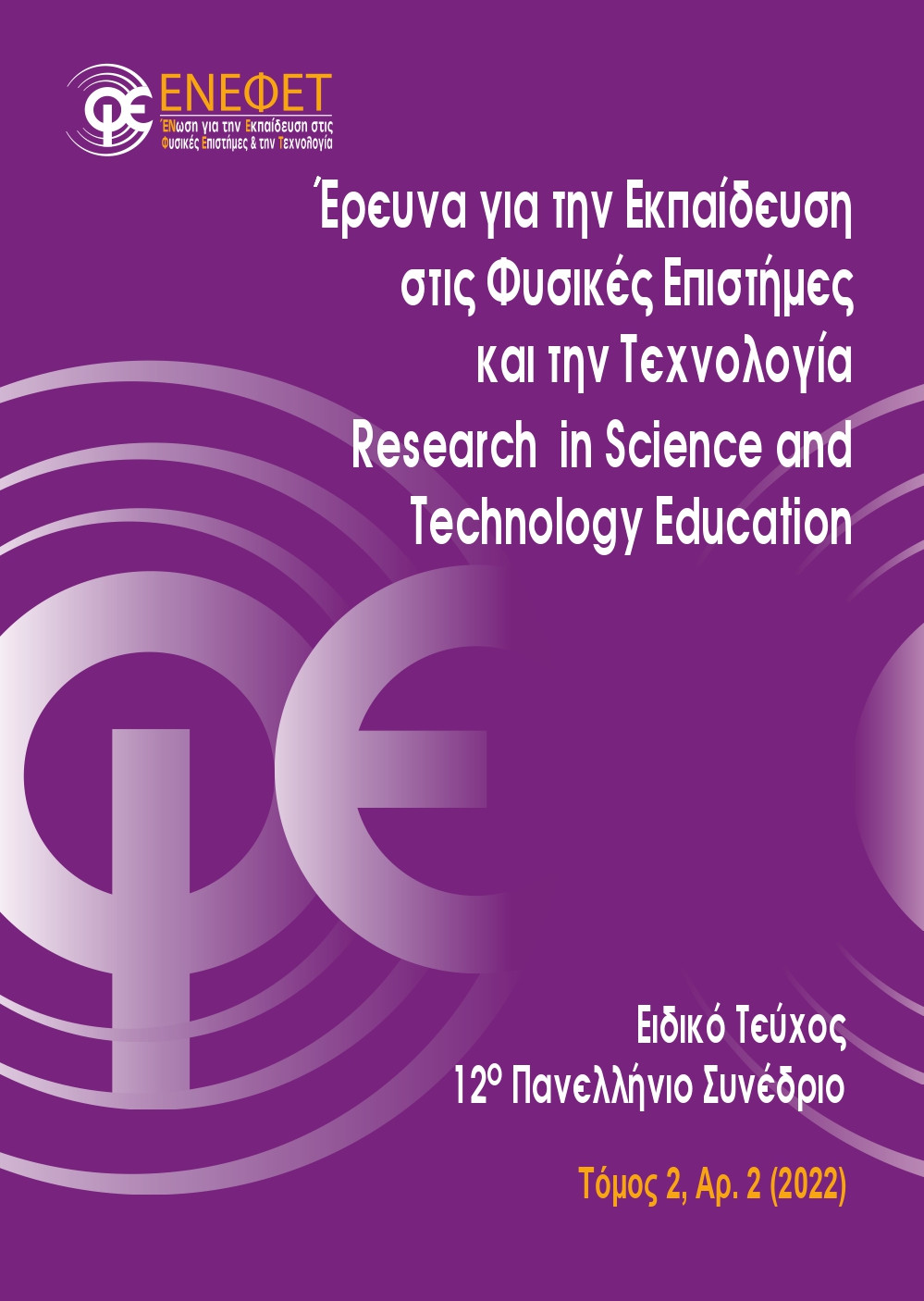«Είναι ένα μικρόβιο... και έρχεται από έναν πράσινο πλανήτη» Νοηματοδοτήσεις του Νέου Κορωνοϊού από Παιδιά Προσχολικής Ηλικίας

Περίληψη
Η έρευνα εξετάζει πώς τα παιδιά νοηματοδοτούν τον νέο κορωνοϊό και αν οι νοηματοδοτήσεις τους διαφοροποιούνται με την ηλικία και τον τρόπο έκφρασης. Ζητήθηκε από 460 παιδιά ηλικίας 4-6 ετών να περιγράψουν και να σχεδιάσουν τον κορωνοϊό. Η ανάλυση περιεχόμενου των δεδομένων ανέδειξε το πώς τα παιδιά αντιλαμβάνονται τον κορωνοϊό, καθώς και 3 επιπλέον θέματα σχετικά με τις Υγειονομικές, τις Ψυχολογικές και τις Κοινωνικές διαστάσεις της πανδημίας. Τα αποτελέσματα αντανακλούν την αξιοσημείωτη ενημερότητα των συμμετεχόντων για τον SARS-COV-2 και την COVID-19 και την πολυπλοκότητα των νοηματοδοτήσεών τους. Η ηλικία των παιδιών διαφοροποιεί τις λεκτικές περιγραφές του κορωνοϊού, ενώ ο τρόπος έκφρασης διαφοροποιεί την έμφαση σε διαφορετικές διαστάσεις της πανδημίας. Η δημοσιότητα του νέου κορωνοϊού και της πανδημίας μπορεί να προσφέρει το κατάλληλο πλαίσιο για το σχεδιασμό και την υλοποίηση εκπαιδευτικού υλικού και παρεμβάσεων σχετικά με τους ιούς και την ενδυνάμωση των παιδιών προκειμένου να συμμετέχουν στη διαχείριση παρόμοιων μελλοντικών κρίσεων.
Λεπτομέρειες άρθρου
- Πώς να δημιουργήσετε Αναφορές
-
Χρηστίδου Β., Μπονώτη Φ., Παπαδοπούλου Π., & Δούμπαλα Π. (2023). «Είναι ένα μικρόβιο. και έρχεται από έναν πράσινο πλανήτη»: Νοηματοδοτήσεις του Νέου Κορωνοϊού από Παιδιά Προσχολικής Ηλικίας. Έρευνα για την Εκπαίδευση στις Φυσικές Επιστήμες και την Τεχνολογία, 3(2), 1–24. https://doi.org/10.12681/riste.34135
- Ενότητα
- Άρθρο Ερευνητικό
Οι συγγραφείς διατηρούν τα πνευματικά δικαιώματα και παρέχουν στο περιοδικό το δικαίωμα της πρώτης δημοσίευσης μαζί με την αδειοδότηση της εργασίας με CC-BY-NC-SA, που επιτρέπει σε άλλους να μοιράζονται αυτή την εργασία με αναγνώριση του συγγραφικού δικαιώματος και την αρχική δημοσίευση σε αυτό το περιοδικό.



